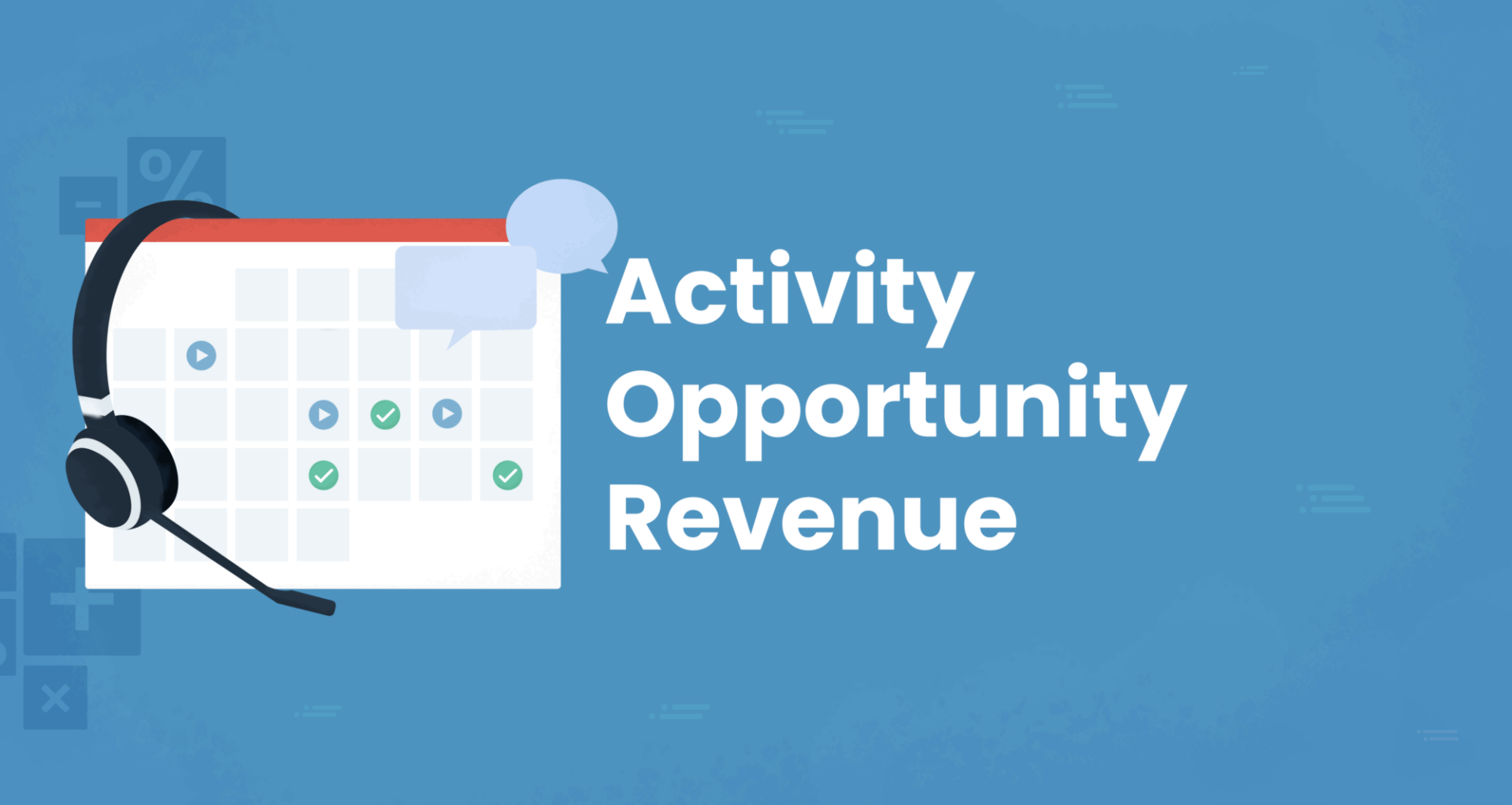As Director of Sales Development, I ran a team of 40 Sales Development Representatives (SDRs) for about three years at a Software as a Service (SaaS) company in Austin, Texas. Previously, as a sales manager, I learned that it’s tough to set a sales quota… and just as hard to set quotas for SDRs. During my tenure, the sales quota shifted a few times depending on company needs — and with it, the SDR quota shifted.
For managers trying to do sales quota management and those who are creating a compensation plan for SDRs for the first time or wondering how to re-design your company’s sales development compensation plan, here are a few ways to think about setting quotas that set your reps up for success.
Create Compensation Plans with confidence
RevOps, sales leaders, and finance teams use our free tool to ensure reps’ on-target earnings and quotas line up with industry standards. Customize plans with accelerators, bonuses, and more, by adjusting 9 variables.
Build a Comp PlanWhile sales quotas are generally just based on how much revenue the rep generates, there are several different ways that SaaS companies set SDR quotas. These typically fall into three buckets:
- Activity
- Opportunities
- Revenue
Oftentimes Sales Development Rep quotas are based on more than one of these buckets.
Need help figuring out what your team’s quota should be?
Book a free consultation with Graham Collins, Head of Growth, or try our free Sales Compensation Calculator.
Activity
What it is: For the sake of this post, “activity” means anything that the SDR has complete control over and can vary depending on their level of effort.
Examples: Number of cold calls made, number of emails sent, number of new companies prospected
When to use it: As with any sales quota, you will get the results that you compensate for. So managers should use activity as a quota when your SDRs have low activity and you need it to increase. If, for example, your SDRs are ‘whale hunting’ (only going after theoretically high-value accounts or contacts), adding in an activity quota can improve your quantity of opportunities.
When not to use it: Because there is no intrinsic value to cold calls and cold emails, I would never recommend using activity as your sole quota metric.
Opportunities
What it is: Opportunities can mean any number of different things, but this is the placeholder between activity and revenue. This can be as early in the pipeline as a set demo or as late as a sales qualified opportunity. How far along in the sales process you judge your SDRs depends on how involved they are with the sale. If they set the meeting and pass it off to a sales rep without any qualifying, then a Demo Set quota might be ideal. If the SDR does a discovery call or even a demo, then compensating on the number of pipeline opportunities would be better.
Examples: Demos Set, Demos Held, SQLs (Sales Qualified Leads), Sales Accepted Opportunities, Pipeline Opportunities
When to use it: If you need a proxy for Closed/Won revenue, I would recommend using opportunities as your quota. It’s a good mid-point between activity and revenue because SDRs feel they have control over their performance and there is a value-add to the organization.
When not to use it: If your sales reps close nearly every opportunity handed to them, you’d be better off using revenue as your metric. The same applies if your sales cycle is transactional or very short (<5 days); revenue or number of Closed/Won opportunities is a better metric for you.
Revenue
What it is: Pretty straightforward, revenue is the value of Closed/Won deals created by your SDRs.
Examples: ARR, MRR, Revenue, Number of Closed/Won deals
When to use it: Using revenue as a quota is most effective when you can directly attribute your SDR’s efforts to a deal closing. Ideal for short sales cycles (<30 days) and smaller deal sizes (<$25,000 average contract value). Also when you’re looking to move your SDRs into a closing role, tying them to revenue can help familiarize them with what a good opportunity/account looks like.
When not to use it: You want to empower your SDRs to control of their destiny (and paychecks). You also want the work they do to have a tangible impact on the Closed/Won deals. Therefore if your sales cycle is longer than 90 days, it’s hard to attribute your SDR’s efforts to those deals. You can go an entire quarter and not know if you need to change your SDR’s behaviors, target accounts, etc. Additionally, if your organization is closing 6 figure enterprise deals at a rate of one to two per quarter, I would urge you away from using revenue as a quota for SDRs for similar reasons.
How to set a quota
Unless you subscribe to the ‘guess and check’ methodology of quota setting or you’re a brand new sales organization, there’s going to be some math involved in setting quotas.
Here’s the formula that I follow:
Activity x conversion rate = Opportunities x close rate = # of Closed/Won deals x average contract value = Revenue
Or working backward:
Revenue / average contract value = # Closed/Won deals / close rate = Opportunities / conversion rate = Activity
Conversion rate is the % of activities (calls, emails, chats, tradeshow leads, etc.) that turn into what you’ve determined to be an opportunity.
Close rate is the % of those opportunities that turn into Closed/Won deals.
With this math, you can formulate what success looks like for each of the different quota types.
A lot of information goes into how much revenue each sales development rep should generate: customer acquisition cost, lifetime value of a customer, SDR salary, growth model, etc. but if you’re looking for the simplest guide, you can go with 5-8x the SDR’s on-target earnings (OTE). That means that for an average SDR making $72,000 on target, you’d be looking for them to generate $360,000 to $576,000 per year or $30,000 to $48,000 per month. Let’s say for this example our goal is 6x OTE, so $36,000 per month, average contract value is $18,000, the close rate is 10%, and our conversion rate is 2.5%.
$36,000 revenue / $18,000 average contract value = 2 Closed/Won opportunities / 10% close rate = 20 opportunities / 2.5% conversion rate = 800 activities (40 per day)
So there you have it, with a little understanding of various quota metrics and with this helpful formula, you can go set your quotas with confidence! If you have any questions about your current SDR quota, I’m always here to help. Feel free to email me at graham@quotapath.com.



